On Trying to Wear Perfume When Your Apartment Is Full of Wasps
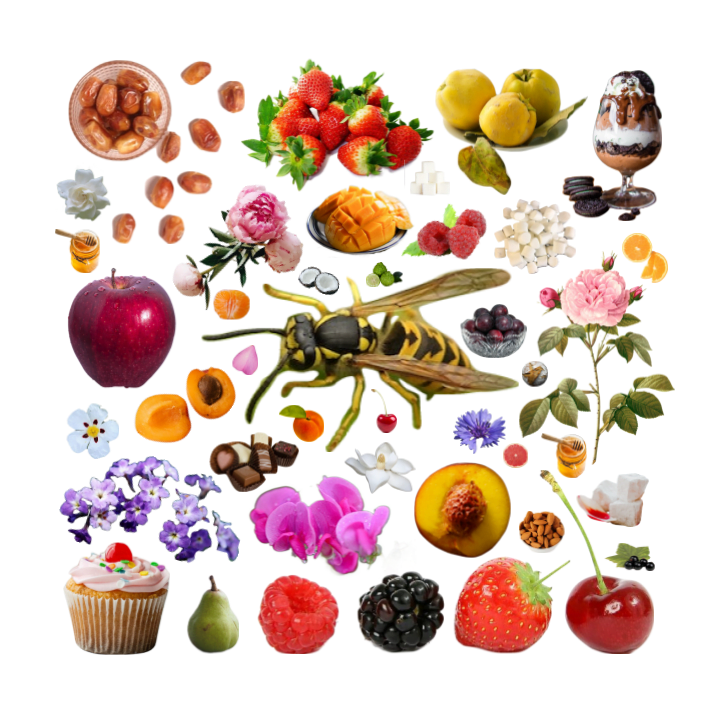
I recently took a two-week break from the blog to move house.
Truth be told, while decluttering, packing, moving, and unpacking was time-consuming, it wasn’t nearly as exhausting as the endeavor that awaited us.
The realty company had euphemistically referred to that endeavor as “bees.” Oh, there’s bees in your apartment, they said, but don’t worry, we’ll get rid of them by the time you move in.
Bees, I thought, are no problem. They’re cute and they’re fuzzy and they make honey. The bees can stay as long as they like. I could befriend them. Listen to their peaceful buzzing at night. Let them pollinate my flowers. Learn their little bee dances. I could write a book about the experience, maybe. “How to Succeed in Bee’s Nest Without Really Trying” has a nice ring to it.
Reader, what awaited me in my new bedroom was not bees.
It was wasps.
Yellow jackets, to be precise. Predatory social wasps of the genera Vespula and Dolichovespula.
(What does that even mean, “social wasps?” Do they like to throw Super Bowl parties or something?)
Wasp extermination is supposed to take a maximum of one to two days to knock out all the wasps. It’s been over a week now since we moved in, and they’re very much alive and kicking.
Every single day I catch at least two live wasps in my room, sometimes in my bed, sometimes crawling on me at night.
There’s something superhuman about these wasps. The exterminator has tried several times. We keep all the windows shut. Try as we might, these bastards will not die. And somehow they keep apparating in my bedroom.
I can hear a wasp buzzing around the room right now but I can’t find it. I’ve already caught three today in a little plastic cup. I accidentally decapitated a wasp last night. I don’t even look under my heater or in the tracks of my windows since I know all these places are filled with dead wasps.
I feel like Rihanna in 2016, but instead of love on the brain, I have wasps.
I see them everywhere. I hear their buzzing around every corner. Every time something touches my leg I think it is a wasp.
I’m looking for a sense of control. Something, anything I can do to keep the wasps away from me.
That’s why what followed this turn of events was, naturally, a complete overhaul of my wardrobe. A de-wasp-ification, if you will.
The unstung heroes of the Internet tell me that wearing bright colors makes you look like a flower, attracting wasps, while dark colors remind them of predators and make them angry. This leaves white and pale, muted pastels as the safest choices, and thus, this is my color palette for the foreseeable future.
Don’t even think about telling me not to wear white after Labor Day.
Colors aside, there’s the question of fragrance. Who is it that said no outfit is complete without perfume?
When it comes to wasps (and most insects), scent is a potent weapon. Their sense of smell is extremely powerful. It’s the primary way they find food. Of course, the downside of this (for the wasps) is that they’re sensitive to certain powerful scents.
This is great news for me. After all, I don’t just want to be invisible to the wasps. I want to chase them out of my home. I want them to drop dead and never crawl into my bed again. I want everything I wear to be incredibly NSFW (Not Safe For Wasps).
The only scent I’ve worn these past few weeks has been pure peppermint oil, and then tea tree oil after I ran out of peppermint oil. I’ve been leaving handkerchiefs soaked in it around my room every night in an effort to keep the wasps away.
I know there are smells wasps are supposed to hate. Lists of these are easily found on the Internet. You can ward away wasps with mint, tea tree, eucalyptus, lemongrass, basil, cinnamon, citronella, coffee, clove, geranium, vinegar, bay leaf, various herbs, and cucumber.
All this is well and good, but what’s really making me nervous is the idea of wearing something the wasps like.
This information is much harder to find online than information about what they dislike, which is entirely understandable. I can only assume that wasp-repellent research is much easier to do than wasp-attraction research. After all, who wants to be the one to test whether a perfume will attract wasps? What poor undergraduate research assistant is going to sign up to get stung by wasps on purpose?
And I can’t just walk up to the wasp that’s currently crawling along my windowsill and say excuse me, Monsignor Wasp, could you please tell me about your favorite perfumes? How do you feel about Chanel No. 5? What about No. 7? No. 19? No. 9?
Logically, however, and through tragic practical experience, we can assert that wasps are attracted to anything that smells like food. This is to say, anything sweet, floral, or animalic or musky is fair game. If it’s even remotely edible or flower-y, it’s a wasp magnet.
Fruit and sweet desserts are especially hazardous. I remember the days I used to spend outside cutting up wild apples for jam, and by evening my spread of apple cores and scraps would be positively covered in wasps. It makes me shudder to think what must happen to all the poor people wearing Kayali’s Eden Juicy Apple | 01 as their summer signature scent.
Apparently, not even woody scents are necessarily safe, since wasps apparently like to chew on untreated wood to collect pulp for their nests. (Coniferous woods such as pine and cypress, however, are generally safe.)
The trouble with this, of course, is that humans like sweet, floral, woody, and musky smells too. So we put them in fragrances. A lot of fragrances.
Indeed, it’s hard to think of a sample in my collection that’s wasp-proof. The obligatory lingering whiff of musk or sweet amber at the bottom of almost every perfume makes me hesitate, as does the near-ubiquitous opening puff of citrus.
What followed was a thorough examination of my collection in search of wasp-proof perfumes.
A chypre might be safe. Not something well-rounded and gorgeous like Mitsouko, with its cinnamon and fruit, or the mirabelle chypre-lite Nomade by Chloé. No, something cut and dry like Devil’s Nightcap by Lush might work. Alas, I don’t have a sample, but it could work.
What about a herbal fougere like Guerlain’s vetiver? Seems fine on the surface, but proves risky under further examination. The lemon, bergamot, and clementine in the opening are too prominent. The carnation in the center and the musk and amber base complete the picture and make this too close to wasp food for comfort.
Lalique’s Encre Noire is promising but too musky, and so heavy on Iso E Super that I can’t really smell it anyway.
Perchance, in my search for wasp repellent, I’ve finally found a use for Wallpaper* STEIDL’s Paper Passion, that befuddlingly expensive art-house perfume that smells like freshly printed magazine ink. But it also runs the risk of repelling anything and anyone else that tries to get near you. (I work in publishing and should be exactly the specific sort of person who adores Paper Passion. I do not.)
Calvin Klein’s bizarre bamboo-laden Truth Sensual Bedtime Fragrance is pretty compelling, save for its floral clover-mimosa-peony flourishes.
The glorious humid green aura of Diptyque’s Philosykos might work, save for that faint sugary suggestion of figs. While I can hardly pick up the fig fruit note in it myself, I’m afraid wasps would be particularly good at detecting and swarming towards figs, because, well, you know.
The only entirely wasp-proof scent in my collection might just be Comme des Garçons’ gorgeous pine-y coniferous green perfume, Scent One: Hinoki.
The house’s cypress-laden Series 3 Incense Kyoto scent might also do the job, provided the amber isn’t too strong. Another compelling runner-up from the house is the gorgeous Rouge, which is all ginger, mint, and smoke (but with a bit too much beet-labdanum vegetable sweetness for comfort).
I’ve come away with two observations:
- Comme des Garçons is the only major perfume house taking this issue seriously, and
- Every other perfume house is in cahoots with the wasps.
I should be grateful for this experience. It’s given me a new shorthand for a certain type of scent. Before, when I was looking for a particular kind of perfume, I had to walk into the shop and ask, “Is it free of sweetness, fruit, flowers, or animalic notes? Is it thoroughly devoid of musk? Is it utterly herbaceous and entirely dry, perchance coniferous, perhaps even bitter?”
Now I need only say to the beleaguered woman at the Macy’s perfume counter: “Is it wasp-proof?”
Reader, I invite you to join me in considering which of your favorite fragrances you could still wear should a wasp apocalypse — a waspocalypse, if you will — befall us. Unless your tastes are strictly within the bounds of what I’ve described above, I’m guessing it won’t be very many.
Are you loving all these new fruity-sweet designer perfumes? The wasps are right there along with you, stinging their praises.
Your favorite floral perfume? Downright dangerous. A rose by any other name will not smell as sweet when you discover that other name is “wasp magnet.”
That sensual musky amber fragrance you love with the racist “oriental” marketing? I don’t remember the scene in The Legend of Shalimar where the lovers get attacked by a swarm of angry wasps.
People often ask for advice regarding the composition of a well-rounded fragrance collection. Do I have enough formal scents? Enough summer scents? Enough clubbing scents that don’t club everyone around me over the head? Forget about all that. It doesn’t matter. If you don’t have enough wasp-proof scents in your collection, you’re doing everything wrong.
And, in this examination of your perfume wardrobe, if you find no perfumes at all a wasp wouldn’t like, if you think such herbaceous scents sound utterly unappealing — repulsive, even — I invite you to ask yourself:
Are you, perhaps, a wasp?
Is this reality merely a realistic and incredibly complex dream? Is your sense of smell a little too acute to be human? Do you go buzz?
Maybe you’re quick to anger — waspish, even.
Or maybe you don’t tip at restaurants. Perhaps you’ve even been called stingy?
Would you happen to describe yourself as a White Anglo-Saxon Protestant?
I call on perfume houses far and wide: please make more fragrances that don’t attract wasps. I would love to see more in the world of bitter and herbaceous scents, of dry coniferous wood and oakmoss and smoke. The sheer rarity of such perfumes is an outrage.
It makes me wonder whether perhaps the entire perfume industry has been run by wasps this entire time.
Such a literal hive mind, after all, would explain why so many designer scents smell the same nowadays. The incredibly acute sense of smell, the social nature, the love of sweets and flowers… your favorite perfumer could be a wasp in disguise and you wouldn’t even know it.
Except for Comme des Garçons, that is. I know that at least someone over there isn’t a wasp, considering the impressive percentage of wasp-proof scents in their collection. Judging by their compositions, Antoine Maisondieu and Bertrand Duchaufour are probably human. Everyone else is incredibly suspect.
Reader, I beg you to seriously consider this conspiracy. Wasps are covertly taking over the fragrance industry, and they must be stopped.
Our only hope is a covert sting operation. If we all start wearing and supporting more wasp-proof perfumes, we just might be able to smoke them out.
The buzz is coming from inside the house.
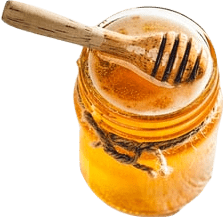
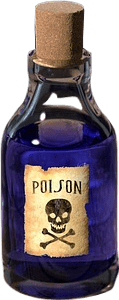
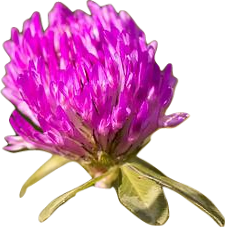

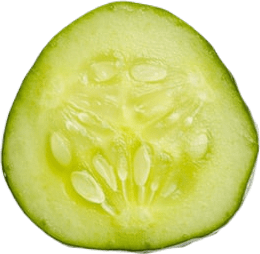
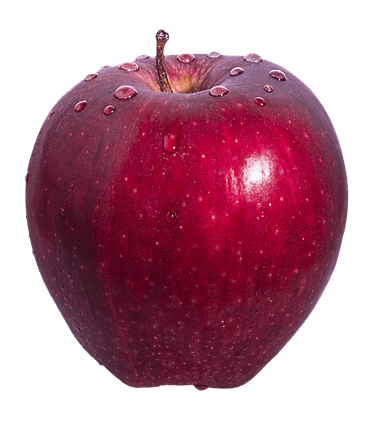
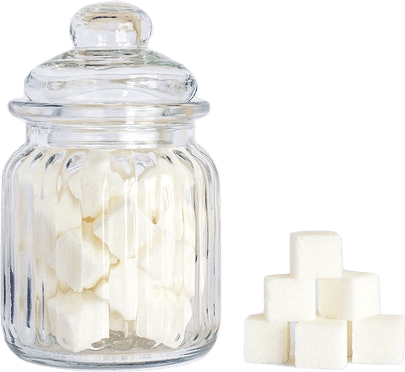
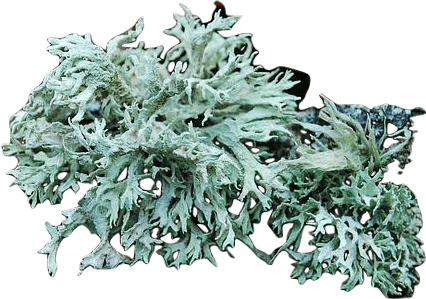
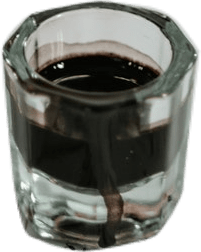

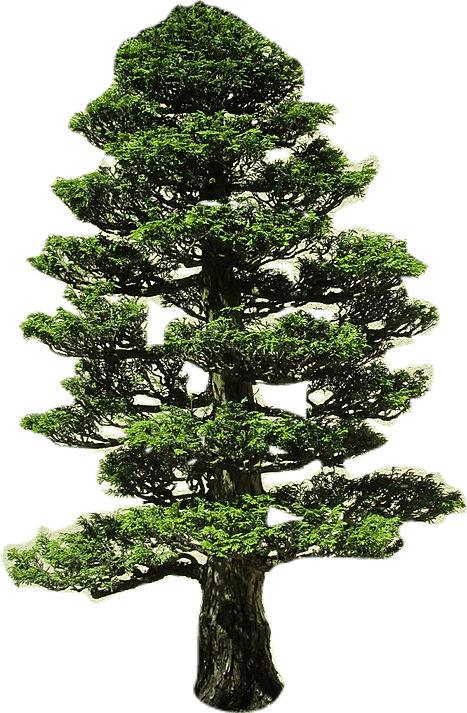
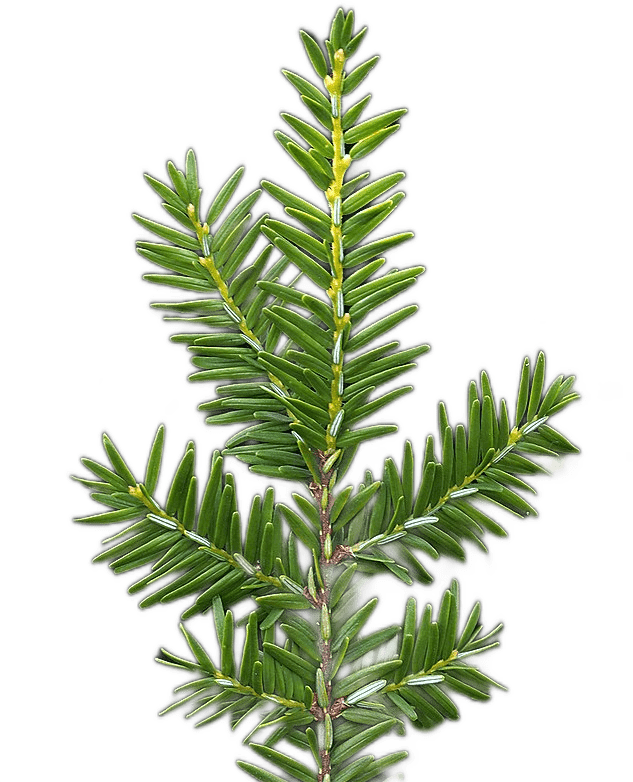
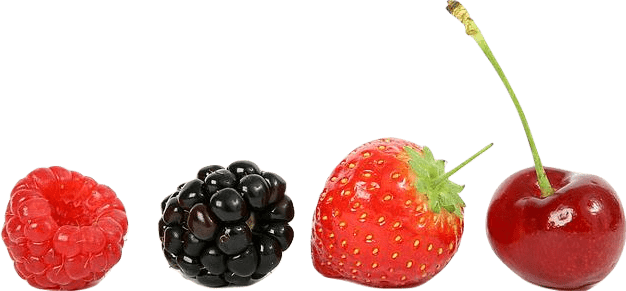
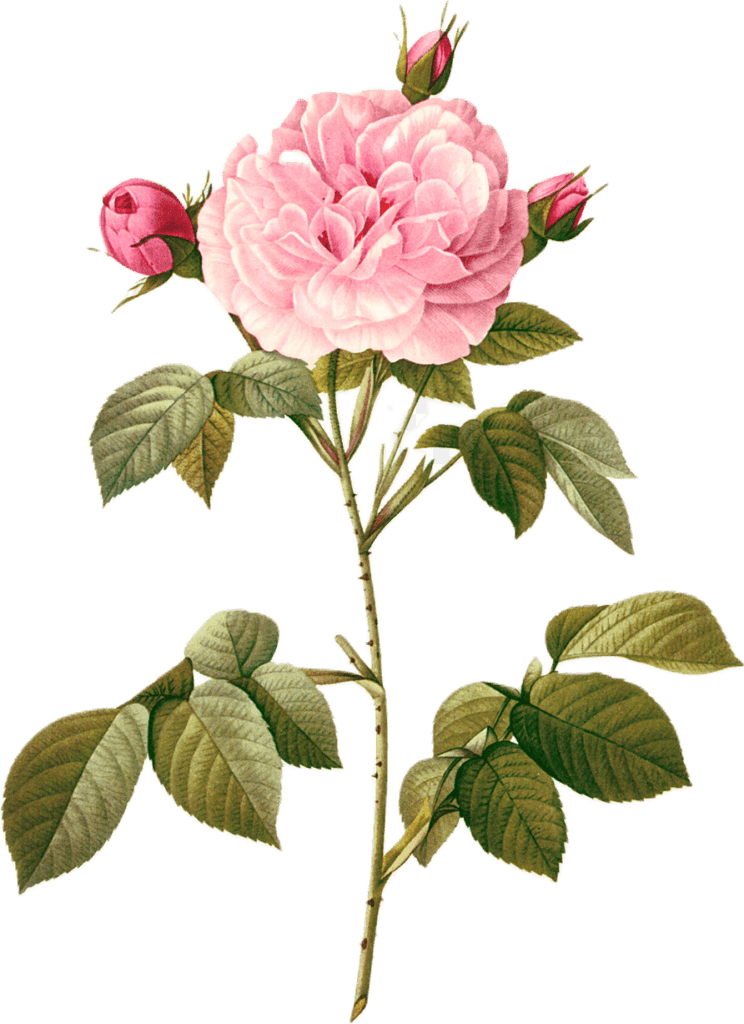
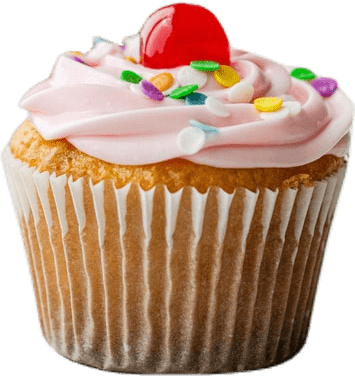
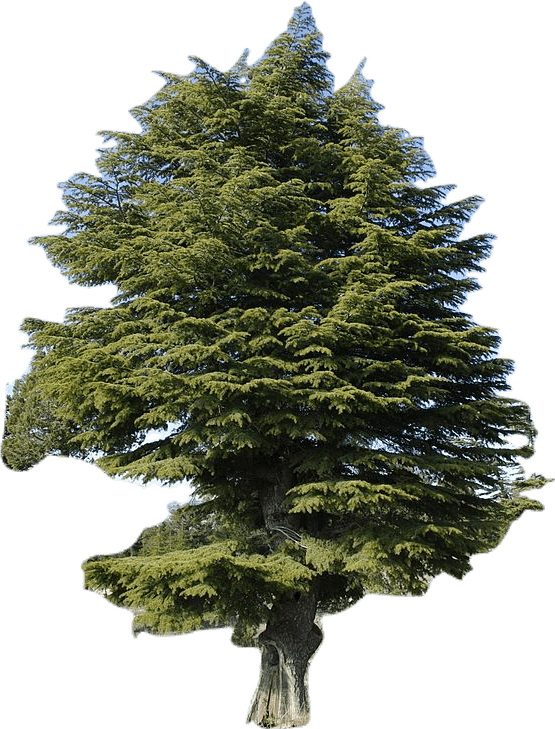
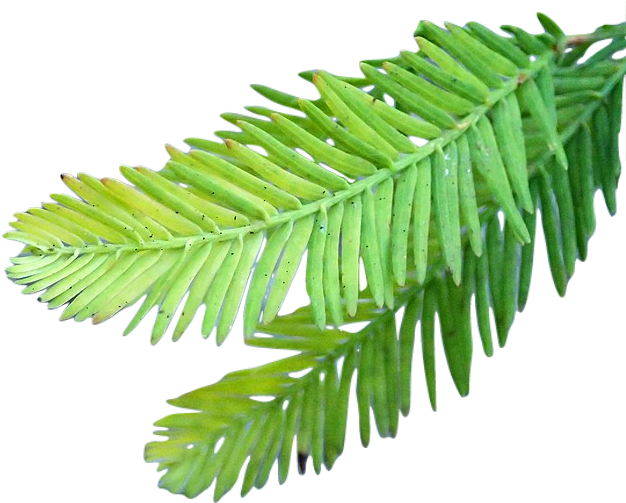
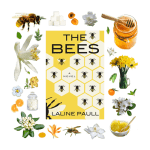
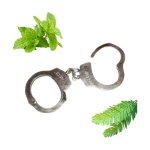
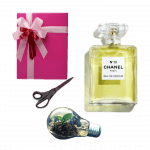

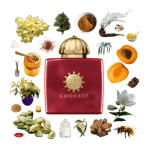
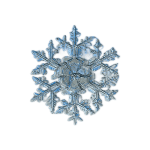
One thought on “On Trying to Wear Perfume When Your Apartment Is Full of Wasps”